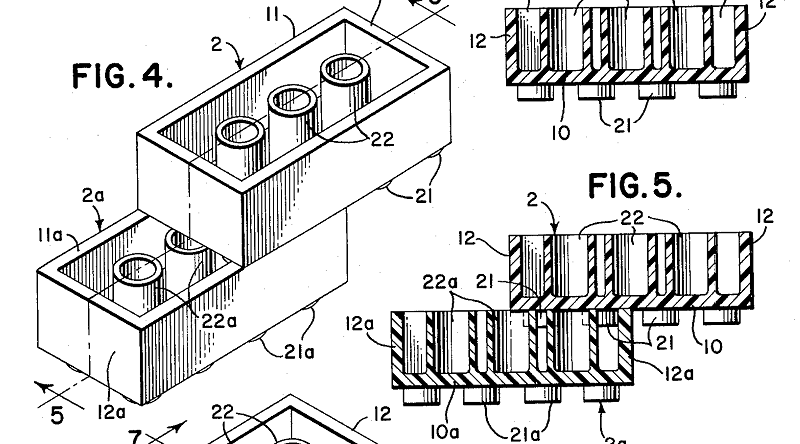LEGO ‘snap-fit’ inspires scientific study
The classic sound of two LEGO bricks clicking together has inspired a Japanese physicist to launch a study into ‘snap-fits’.
Hirofumi Wada, a faculty member at Ritsumeikan University in Japan, was motivated to begin his study after hearing ‘snap-fits’ around his family home. In addition to the sound of LEGO, he cited pen caps, ziploc bags and battery covers as other everyday examples. Although it is clear that these snap mechanisms do work – 62 years of LEGO sets can attest to that – Wada believes that the science behind them still isn’t fully understood. He and a team of students have set out to research further.
The study – published in the journal Physical Review Letters – speculates that if properly understood, ‘snap-fits’ could one day replace adhesives used in the construction industry. One of the most intriguing prospects is the idea that traditional bricks and mortar could become a thing of the past. Instead, we might all find ourselves living in giant LEGO houses made of bricks that simply click together.
The research has been noted and commented on by scientists at other institutions around the world. Dominic Vella, an applied mathematician at Oxford University in the UK, remarked that ‘in any snap system, the key thing is that you want it to be easy to push on and harder to pull off’. This perfectly summarises the LEGO system, the interlocking mechanism that allows LEGO builds to come together and not fall apart.
Wada has also expressed interest in studying the inverse of snap-fits, where it is easier to pull two materials apart and more difficult to fit them together. This model would certainly make assembling LEGO sets more of a challenge.
To support the work of Brick Fanatics, please buy your LEGO sets from LEGO.com using our affiliate links.







